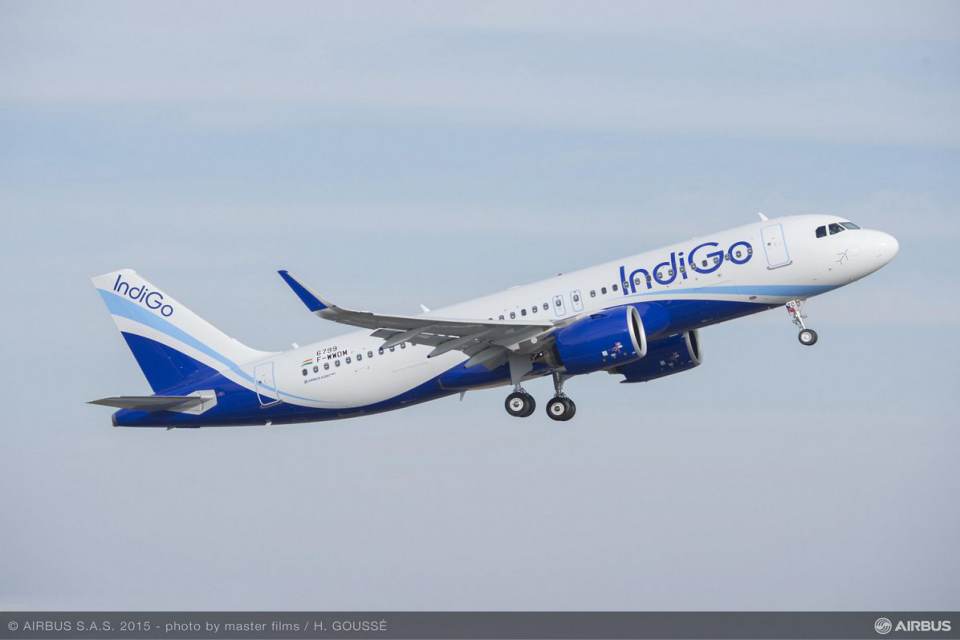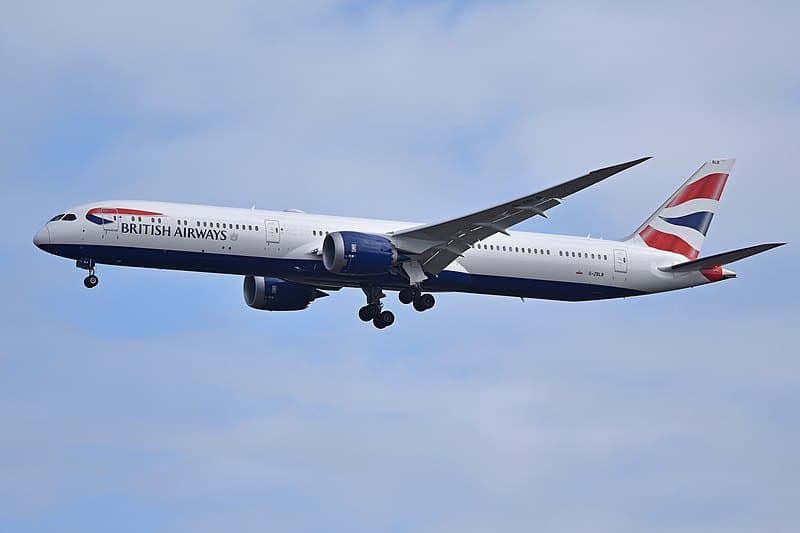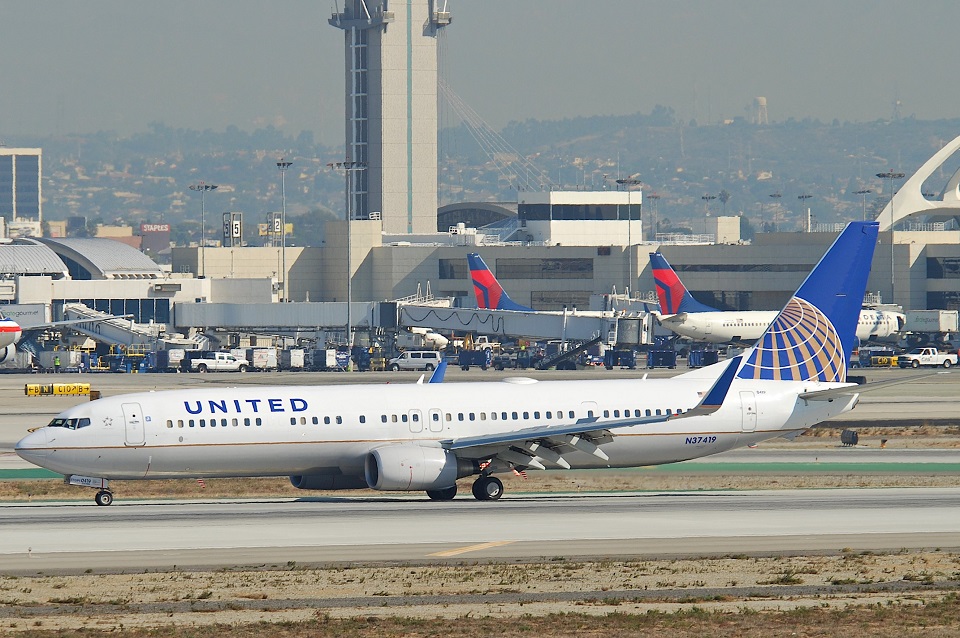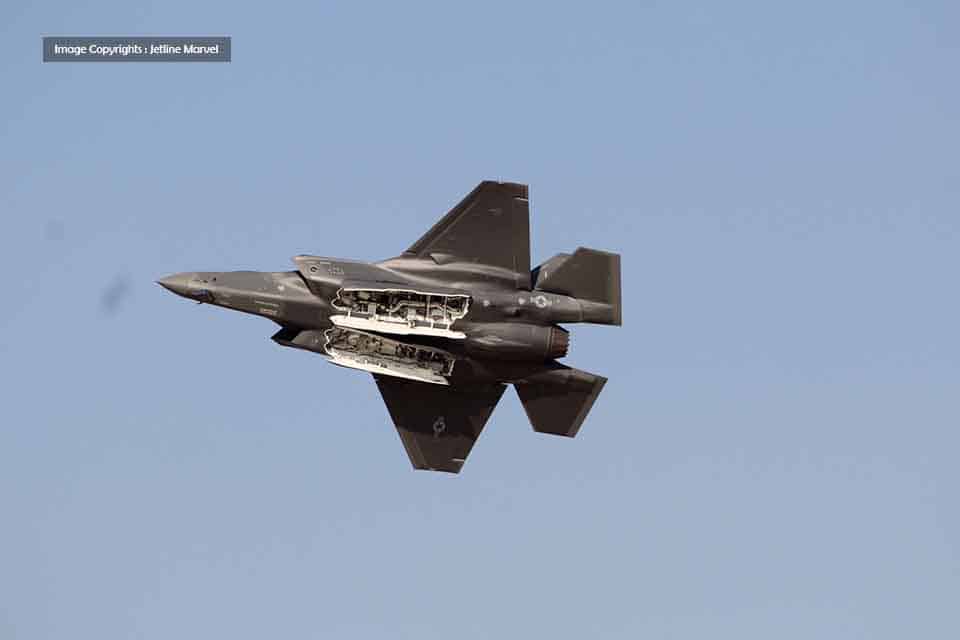Aviation
IndiGo 4 th most punctual airline globally: OAG Punctuality League 2018

IndiGo 4th most punctual airline globally: OAG Punctuality League 2018
- 4th in the top 20 “Mega airlines category”
- 9th amongst “top 20 Low cost carriers”
- Only Indian airline in the list of top 20 mega airlines
National, January 09, 2018: OAG, air travel Intelligence Company has ranked IndiGo as 4th most
punctual airline globally in the mega airline category. In its Annual review – Punctuality League 2018,
OAG recognizes the airlines that have consistently clocked highest On-time performance (OTP) by
including on-time performance for the world’s Top 20 busiest domestic and international routes, and
other categories. IndiGo has been ranked 4th amongst Top 20 mega airlines (The World’s Top 20
operators globally in terms of scheduled flights in 2017) and 9th amongst Top 20 Low-cost carriers (LCCs)
by OTP.
IndiGo passengers stranded on tarmac for 7 hours for non-availability of crew
IndiGo is the only Indian airline to have made it in the list of top 20 mega airlines. Punctuality League Report is a comprehensive annual report presented by OAG that reveals rankings of all airlines – mainline, low-cost and by region. The report aims to highlight carriers who have consistently demonstrated high performance and deliver on their promise to get passengers to their destinations in a timely manner. For detailed analysis, the OAG defined OTP as flights that arrive or depart within 14 minutes and 59 seconds (under 15 minutes) of their scheduled arrival/departure times. IndiGo has been recognized amongst major carriers such as Singapore airlines, Qatar airlines, Japan Airlines, Delta Airlines, American Airlines, Southwest, British Airways, Spirit Airline and Jetstar Asia.
Indigo selects CFM engines to power its fleet of 310 new Airbus A320neo
The entire fleet of over 150 aircraft is equipped with technology called Aircraft Communications
Addressing and Reporting System (ACARS). Before departure of every IndiGo flight, an automatic
message is trigged from the aircraft via ACARS to our operations control centre (OCC) – and immediately
the same departure time gets recorded in the software. Likewise, the moment an aircraft lands at the
destination, an automatic message is trigged from the aircraft to the OCC. These timings are recorded
‘real time’, automatically through ACARS i.e. without any human intervention. Hence, our On Time
Performance is diligently monitored for every flight – real time.
In addition, IndiGo closes the check-in counters for all 6E flights operating across all destinations, 45
minutes prior to the departure. This move is in compliance with the directions and procedures specified
in Air Transport Circular 10 of 2009 issued by the DGCA, and also helps the airline minimize operational
disruptions.
Link for entire report: OAG Punctuality League 2018

Middle East
British Airways Resumes Daily Flights to Abu Dhabi, After 4-Year hiatus

British Airways made its way back to Abu Dhabi, landing at Zayed International Airport. Following a four-year break in service, both crew and passengers were greeted with enthusiasm.
In the summer of 2024, British Airways plans to launch a daily route, utilising a Boeing 787-9, from London Heathrow to Abu Dhabi. The new route enhances ties between the UAE and the UK and expands vast worldwide network, catering to passengers who may be visiting friends and family or travelling for business.
Arriving in Abu Dhabi at 08.30+1, flight BA073 to Abu Dhabi leaves London Heathrow at 22.25. Departing at 10.10 and landing at London Heathrow at 15.20 is the inbound flight (BA072).
The chief executive officer and managing director of Abu Dhabi Airports, Elena Sorlini, stated: “We are delighted to welcome British Airways to Zayed International Airport. Their daily schedule is expected to improve connectivity and stimulate travel and business.” Visitors may experience the dynamic capital of the United Arab Emirates like never before at our brand-new, award-winning, state-of-the-art terminal, where they will be welcomed with the best kind of Emirati hospitality.”
Flight schedule:
| London Heathrow (LHR) to Zayed International (AUH)All times are local | ||||||
| Season | Flight number | Departing LHR | Arriving AUH | Flight number | Departing AUH | Arriving LHR |
| Summer ‘24 | BA73 | 22:25 | 08:30+1 | BA72 | 10:10 | 15:20 |
| Winter ‘24 | BA73 | 22:25 | 09:30+1 | BA72 | 11:10 | 15:20 |
Aviation
FAA investigation: Passenger seated in Captain’s seat inside cockpit at cruising altitude

A viral video capturing a startling moment aboard a United Airlines charter flight from Denver to Toronto has triggered a federal investigation.
The footage, initially shared on social media by Hensley Meulens, the hitting coach for the Colorado Rockies baseball team, depicts a member of the coaching staff seated in one of the pilot seats while the aircraft was in mid-flight.
In his caption, Meulens expressed gratitude to the captain and first officer for allowing him this unusual experience. The video, filmed by another passenger, reveals the cockpit door open, and at one point, a third passenger briefly enters the flight deck. Alarmingly, during this time, the captain was absent from the cockpit.
Despite the flight being a private charter operated by United Airlines, company and Federal Aviation Administration (FAA) regulations strictly prohibit passengers from entering the cockpit during flight or leaving the flight deck unsecured.
United Airlines swiftly responded, expressing deep concern over the incident. A spokesperson emphasized that the video depicted an unauthorized person in the flight deck at cruising altitude with the autopilot engaged, constituting a clear violation of safety and operational policies.
The FAA confirmed that it is actively investigating the incident, highlighting that unauthorized access to the flight deck during flight is a violation of federal regulations. The agency assured that it is taking the matter seriously and will conduct a thorough examination to ensure compliance with aviation safety standards.
Aviation
Israel vs Iran Military Power Comparison: Which country is stronger?
Explore the comparative analysis of Israel and Iran’s military capabilities. Delve into the strengths and strategic considerations of each nation to assess potential outcomes in the event of conflict.

In this article, we’ll delve into the power dynamics between Iran and Israel. With Israel launching multiple attacks on various Middle Eastern regions, both countries have initiated defensive measures against each other.
We’ll explore the respective features of both nations, although it’s important to note that the accuracy of the report may not align precisely with information from public domain sources.
Global Military Index ranking
According to the Military Power Index, Iran holds the 14th position while Israel holds the 17th. This index provides a direct comparison of the armed forces of the two nations. It suggests that Iran surpasses Israel in terms of manpower, as well as in the number of tanks and armed vehicles.
In the ongoing conflict, the world is divided into two sides: Israel and Iran. Countries in the Asian region, such as Russia, the Middle East, and China, strongly support Iran, as they are its main military suppliers. On the other hand, Israel receives its main backing from the United States and European countries.
Iran and Isreal Distance
Both countries, separated by neighboring nations like Iraq and Jordan, face a considerable distance between them. For attacks across such distances, they heavily rely on potent weaponry, especially through air-to-ground assaults.
Both possess formidable defense aircraft and military tanks, which undoubtedly influence the war’s outcome.
Given that the distance between Jerusalem and Tehran is approximately 1,850 kilometers (1,149 miles), conducting attacks over such long distances requires aircraft with extensive flying ranges.
Israel may lack the inherent power to reach Iran directly, necessitating mid-air refueling or the use of long-range missiles to execute such operations.
Which military is stronger Israel or Iran?
In terms of Israel, it boasts advanced technology in the defense sector, with a strong focus on both business and innovation. It serves as a key supplier of guided rockets and various critical weapons to the defense market. Many domestically-built military tankers and advanced weaponry have proven their efficacy on the battlefield.
Israel stands out as a significant defense equipment supplier, particularly due to strong support from NATO countries like the US, Europe, and the UK. This backing provides access to the most advanced fighter jets and technologies, including 5th-generation fighters.
Conversely, Iran faces challenges in acquiring the latest weaponry, relying heavily on Russian and Chinese technology, along with seized equipment from Iraq and Afghanistan, predominantly sourced from the United States.
Iran’s domestic development of aircraft has been limited, and maintenance is hindered by parts shortages. Additionally, disruptions in supply chains, particularly due to the ongoing conflict between Ukraine and Russia, pose significant hurdles for Iran in acquiring military equipment.
However, Iran has made upgrades, particularly in ground-to-air attack munitions procured from Russia. These include long-range ballistic missiles capable of inflicting heavy damage on enemy territory.
How many fighter jets are in Israel & Iran?
When comparing air attack capabilities, Israel’s air force surpasses Iran’s in terms of aircraft quantity. According to the Global Firepower Index, Israel holds a clear advantage in air power. The Israeli army boasts a total of 612 fighter jets, whereas Iran possesses 551.
Israel operates a fleet of 75 Lockheed Martin F-35 Lightning II aircraft. Additionally, they possess 58 Boeing F-15 Eagle jets. Moreover, Israel has 25 Boeing F-15E Strike Eagle aircraft in its arsenal.
Furthermore, the Israeli Air Force boasts 343 General Dynamics F-16 Fighting Falcon jets. Lastly, they maintain a fleet of 30 Boeing AH-64 Apache helicopters.
Israel possesses numerous advanced fighter jets and military aircraft equipped with some of the most lethal weapons available.
Iran’s fighter aircraft inventory includes the Mikoyan MiG-29 acquired in 1991, 40 Grumman F-14 Tomcats, 20 Su-22s, 24 Chengdu J-7s, 23 Mirage F1s, and 60 McDonnell Douglas F-4 Phantom IIs, showcasing its commitment to diverse defense capabilities.
Iran’s inventory primarily consists of outdated aircraft, many of which are around 20 years old. However, according to the Iran Defense Ministry, all aircraft are reportedly in good condition and deemed capable of meeting the challenges of any conflict
Iran’s and Israel’s Military Capabilities and personnel
According to the latest report, Israel’s active personnel count stands at 169,500, with an additional 465,000 individuals in reserve. Israel implements a significant policy whereby most young citizens are mandated to join the defense forces for several years to acquire skill sets essential for serving as reserved forces, ready to mobilize whenever required for defensive or offensive operations.
In comparison to Israel, Iran boasts a larger ground forces personnel count. Iran’s military comprises approximately 610,000 active-duty personnel, supplemented by 350,000 reserve and trained individuals available for mobilization as necessary.
This substantial manpower brings Iran’s total military strength to roughly 960,000 personnel, excluding figures for the Law Enforcement Command or Basij.
Does Israel have an air defense system?
Israel has developed some of the most advanced air defense systems globally, a response to the consistent threat of attacks from neighboring nations. The Iron Dome, renowned for its effectiveness, stands out as a prime example.
This smart air defense system has successfully intercepted numerous unexpected attacks on Israeli soil, with its capability to destroy incoming missiles mid-flight. Operating on constant alert, the Iron Dome swiftly neutralizes threats whenever they arise within the country’s borders.
Furthermore, Israel has invested heavily in enhancing its defense radar systems, enabling early detection of enemy activities from considerable distances. Pioneering in drone technology, Israel boasts the Heron pilotless planes, capable of enduring flights lasting over 30 hours, facilitating operations even in remote locations.
Additionally, Israel’s Delilah loitering munition, with an approximate range of 250 km (155 miles), though limited for operations beyond the Gulf, can be strategically deployed closer to Iran’s border by the Israeli Air Force, bridging the distance gap effectively.
Iran has collaborated with Russia and China to develop several air defense systems, bolstering its capabilities. Among these systems are multiple medium-range defense systems, such as the Arman, Tactical Sayyad, and Khordad-15. These systems are designed to safeguard Iranian airspace from threats at distances of up to 200 km (124 miles) and varying altitudes.
One notable system, the Arman, was unveiled in November 2022. It is strategically mounted on military trucks, enabling swift deployment within minutes to address potential threats effectively.

























